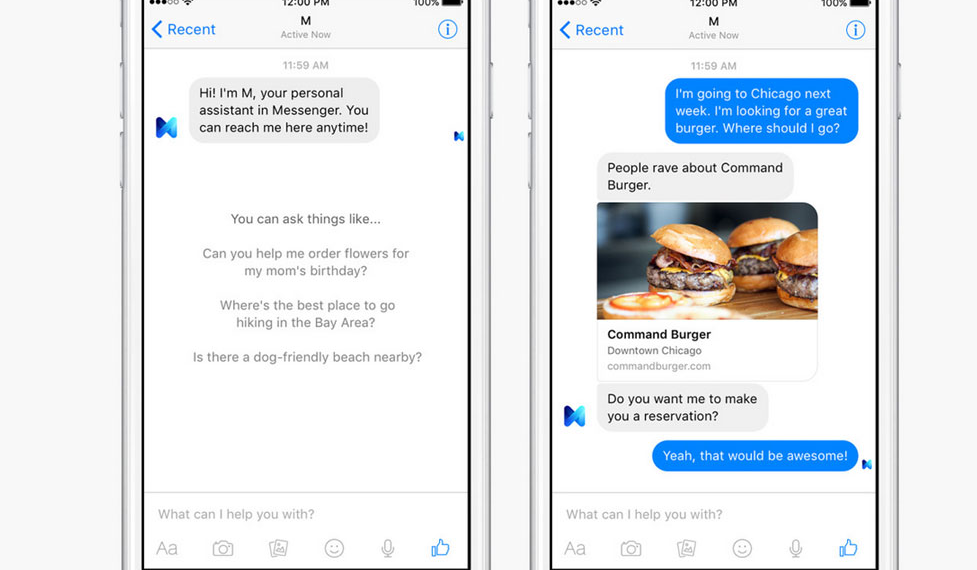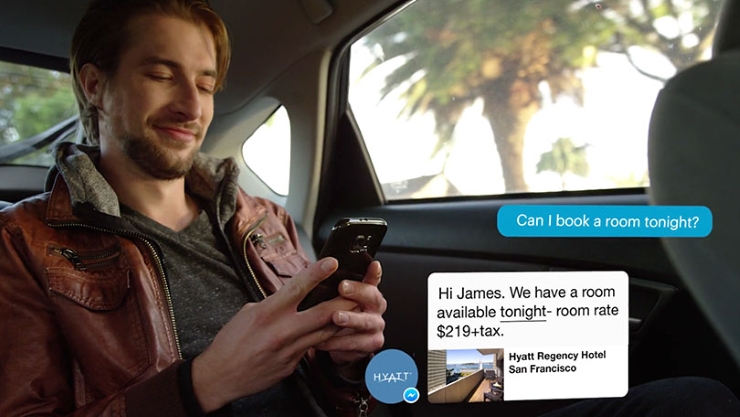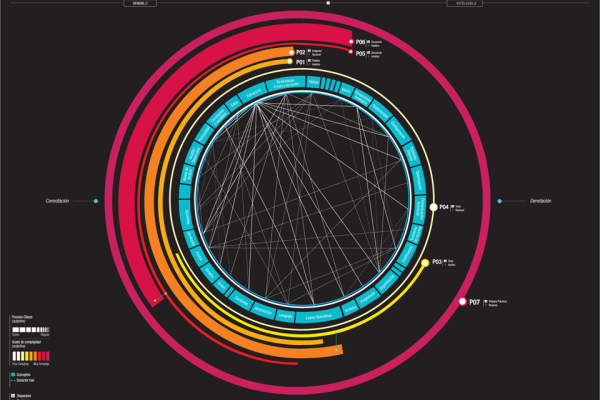Are Bots The Future Of Mobile Advertising?

Are Bots The Future Of Mobile Advertising?
Bots have gotten themselves a bad name over the past few years, in no small way due to their role in ad fraud, where they have been used to simulate human traffic registering page impressions or clicks on ads, but all that might be about to change. In the fast-expanding world of mobile advertising, the once-shunned bot may turn out to be the saviour of every clued-in marketer.
At their most simple, bots are just software programs developed to run automated tasks online, but they are able to do these tasks at many times the speed you or I can, and efficiency isn’t the only benefit to be gained from their use.
Bots are becoming incredibly useful in messaging applications. These chat bots are able to simulate conversation with users and, as such, are being employed in online help and support tools. Now, industry analysts are saying that it will be the next generation of these chat bots that will help mobile advertisers reach a new generation of customers.
Introducing the super-bot
It is only really now that advances in Artificial Intelligence (AI) used in the creation of bots is discovering the potential benefits in web technologies and, of course, in mobile advertising. Many well-known web companies are already designing new types of bots for a variety of uses. Two examples are the TechCrunch bot, which scours the web, snatching snippets of information to present to readers in an easily assimilated format, and the YouTube bot, which integrates its own platform with other services.
Big Silicon Valley companies, such as Facebook, Google and Twitter, are all seeing the potential. Each of these are investing heavily in AI to make this happen, enabling computers to process language in new ways in order to communicate (and converse) with real people, in real time, in more personalised and detailed ways than ever before.
Along the way, this will inevitably lead to new ways to monetise and create new revenue streams through subscriptions, e-commerce and advertising. If bots can save time on mundane tasks or interactions, it’s possible that users will pay a fee to use them. And it’s very easy to see how some form of advertising component could be integrated into the technology. For instance, bots could even act a personal shopping assistant – for a commission, of course!
Built to power mobile advertising
Marketers might lament the lack of cookies in mobile advertising, but that isn’t holding it back. The trend on mobile advertising spending is set to outstrip desktop advertising by three-to-one. IAB US estimates that the market is growing more than 50% year-on-year .
According to research by Accenture, while the ‘millennials’ demographic is reluctant to click on banner ads, they love mobile messaging and enjoy personalising that messaging when chatting – and this is one of the areas where mobile advertising is set to make big waves. No wonder mobile messaging apps have grown massively in the last five years with 2.5 billion registered users and another 1.1 billion set to come on board by 2018 . It will be these mobile messaging apps that will be the battleground for mobile advertisers in the years to come.
Interestingly, these very same advances making bot technology useful to advertisers is also playing a role in wiping out ad fraud. Verified by TAG (Trustworthy Accountability Group) is one program being rolled out to beat ad fraud. Facebook, Google and AOL have all signed up. Meanwhile, California-based Pixalate claim to be able to block 100% of all fraudulent activity using their Security Dome application.
Bots are the new apps.
While emojis, digital stickers and account pages within messaging apps will all help companies engage and incentivise their audience through videos, chats, contests and more, it will be the new generation of chat bots that will really ‘speak’ to customers within these apps – ‘one-on-one’.
In fact, there’s a very real possibility that bots will take over from apps as the big weapon in the mobile marketer’s arsenal. After all, the average person only has a few active apps that they regularly use. Bots, on the other hand, are invisible, don’t need to be maintained, upgrading themselves as needed, sitting quietly in the background, and only appearing when the user needs to know something. Best of all, interacting with a bot doesn’t feel like advertising.
In addition to eMarketer’s prediction that 2016 mobile ad spending will surpass desktop, they also expect that by 2019, mobile will account for 72% of all digital ad spend. It will be these chat bots delivering and accessing information that will allow marketers target and personalise their campaigns for the best results. Then it will be the turn of the e-commerce bots (the personal shoppers) to take over, automating those transactions and making them as seamless and easy as possible, maximising cross-sales and repeat business.
Isn’t it time you got the bots on your side?




